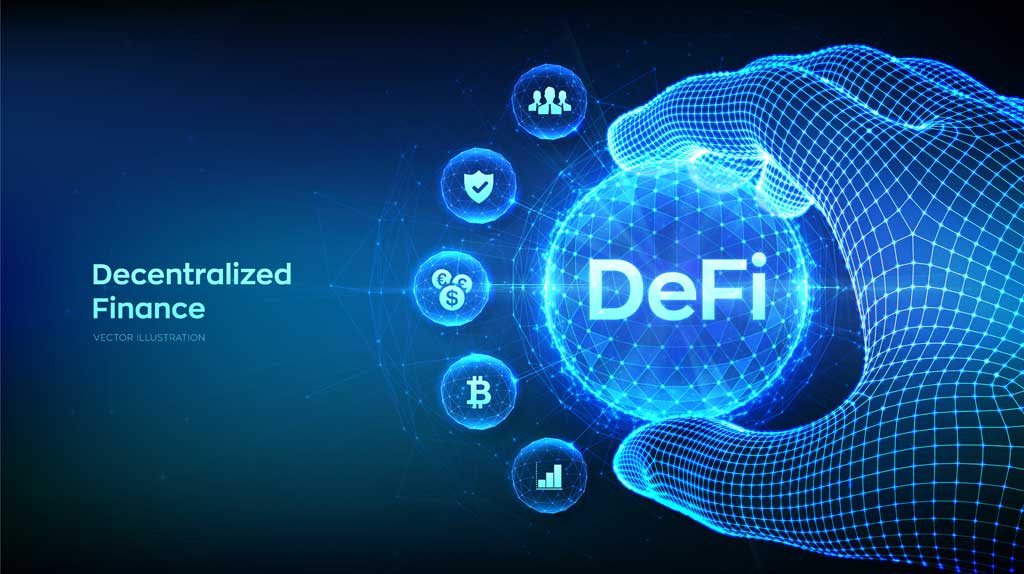Introduction
Blockchain technology and decentralized finance (DeFi) have emerged as groundbreaking innovations with the potential to revolutionize the financial sector. By providing decentralized, transparent, and secure solutions for financial transactions, these technologies aim to create more efficient and accessible financial systems. This article offers a professional and easy-to-understand explanation of blockchain and DeFi, their key concepts, and potential applications in reshaping the future of finance.
Understanding Blockchain and Decentralized Finance (DeFi)
Blockchain is a distributed ledger technology that allows digital information to be recorded, verified, and shared across a network of computers. This technology is the foundation of decentralized finance (DeFi), which refers to financial applications built on blockchain platforms. DeFi enables users to access financial services without the need for intermediaries, such as banks and traditional financial institutions.
Key Concepts of Blockchain and DeFi:
- Decentralization: Blockchain and DeFi platforms operate on a decentralized network of computers, which means that no single entity controls the system. This feature promotes transparency, security, and resilience against fraud and system failures.
- Smart contracts: Smart contracts are self-executing agreements with the terms of the contract directly written into code. They automatically execute transactions on the blockchain when predetermined conditions are met, enabling trustless and automated transactions.
- Tokenization: Tokenization is the process of converting physical or digital assets into digital tokens on a blockchain. These tokens can represent various types of assets, such as cryptocurrencies, real estate, or stocks, and can be easily traded and exchanged on DeFi platforms.
Potential Applications of Blockchain and DeFi:
- Peer-to-peer lending: DeFi platforms enable users to lend and borrow funds directly from each other without the need for intermediaries, offering more accessible and cost-effective lending solutions.
- Decentralized exchanges (DEXs): DEXs are platforms that allow users to trade and exchange digital assets directly with one another, without relying on a centralized exchange. This eliminates the need for a central authority and reduces the risk of hacking and system failures.
- Asset management: Blockchain and DeFi can be used to create decentralized asset management platforms that provide users with greater control over their investments and reduce the fees associated with traditional asset management services.
- Insurance: DeFi platforms can offer decentralized insurance solutions that leverage smart contracts to automate the underwriting and claims process, reducing costs and increasing transparency.
Challenges and Future Outlook
Despite their potential to disrupt the financial sector, blockchain and DeFi face several challenges that need to be addressed. These include scalability, regulatory compliance, user adoption, and security concerns. As the technology and regulatory environment evolve, blockchain and DeFi are expected to become increasingly important in shaping the future of finance, offering more inclusive, transparent, and efficient financial systems.
Conclusion
Blockchain and decentralized finance (DeFi) are powerful innovations with the potential to transform the financial landscape. By providing decentralized, secure, and transparent solutions for financial transactions, these technologies can create more accessible and efficient financial systems. As we continue to explore and develop blockchain and DeFi platforms, we can expect to see significant advancements in the way we conduct financial transactions and manage assets, paving the way for a more inclusive and innovative financial future.











